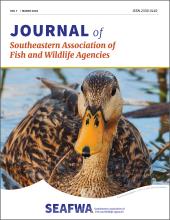Congratulations on Your Promotion to Management: Considerations for New Supervisory Biologists
New supervisory biologists can find themselves tasked with operational responsibilities (e.g., personnel, budgets, procurement, safety) with limited formal training in those areas. This sometimes sudden role change can be jolting, but it need not be debilitating. Here we present information and guidance on various topics ranging from recruiting new personnel and conducting performance evaluations to maintaining a sound safety program as well as confronting legal considerations regarding personal and institutional liabilities for job-related issues. Often, your first task as the new...
